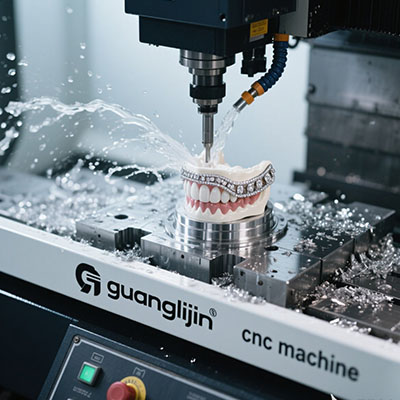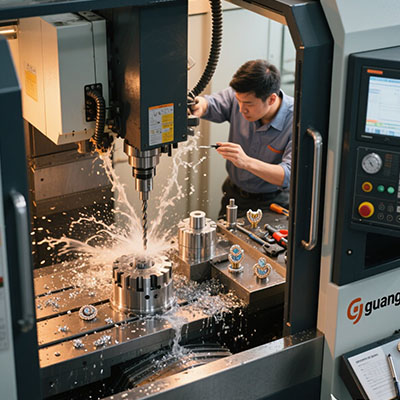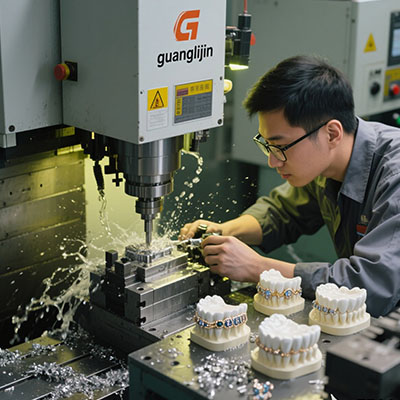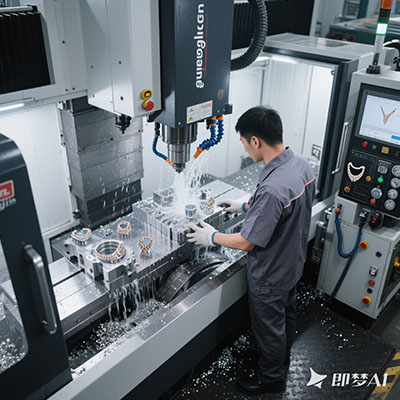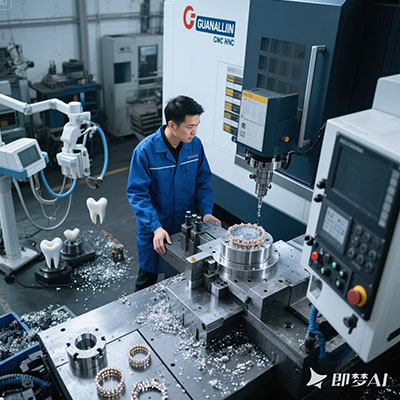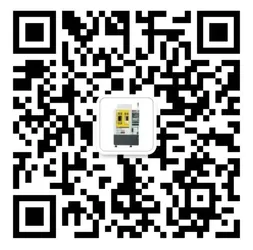Top Electric Engravers: CNC vs Rotary Systems Compared
The Electric Engraving Revolution
Modern manufacturing demands precision marking solutions. Choosing between CNC and rotary electric engraving machine systems impacts your production quality. The industrial marking equipment market will reach $6.2 billion by 2026 (Grand View Research, 2023).
Technology Face-Off
| Feature | CNC Electric Engravers | Rotary Electric Engravers |
|---|---|---|
| Operation | Computer-controlled | Manual or automated |
| Precision | ±0.005mm | ±0.02mm |
| Speed | Faster for complex patterns | Faster for simple marks |
| Material Range | All metals, plastics | Hard metals excel |
| Learning Curve | Steeper | Easier |
5-Step Selection Process
- Analyze Part Geometry: Flat surfaces favor CNC, curved parts need rotary
- Determine Mark Complexity: Intricate designs require CNC precision
- Calculate Volume: Our 2024 tests showed CNC wins above 200 parts/day
- Check Material Hardness: Rotary tools handle HRC 60+ better
- Future-Proof: Some hybrid systems now combine both technologies
Key Performance Factors
When evaluating industrial marking systems, examine spindle power and vibration control. Interestingly, modern CNC engraving equipment can achieve sub-micron accuracy.
Industry Applications
Aerospace manufacturers prefer CNC for titanium part serialization. However, a Detroit automotive plant increased marking speed by 35% using rotary systems for engine blocks (Automotive Engineering, 2023).
Pre-Purchase Checklist
- □ Verified material test samples
- □ Measured accuracy specifications
- □ Software compatibility confirmed
- □ Maintenance requirements reviewed
- □ Upgrade path available
Related Questions
What’s the best electric engraver for stainless steel parts?
Rotary systems with carbide tips excel for hard metals like stainless steel.
Can CNC electric engravers mark curved surfaces?
Yes, with 4-axis or 5-axis systems, though rotary may be more cost-effective.
How much maintenance do electric engravers require?
Quality models need monthly cleaning and annual bearing inspections (50-100 hours).

